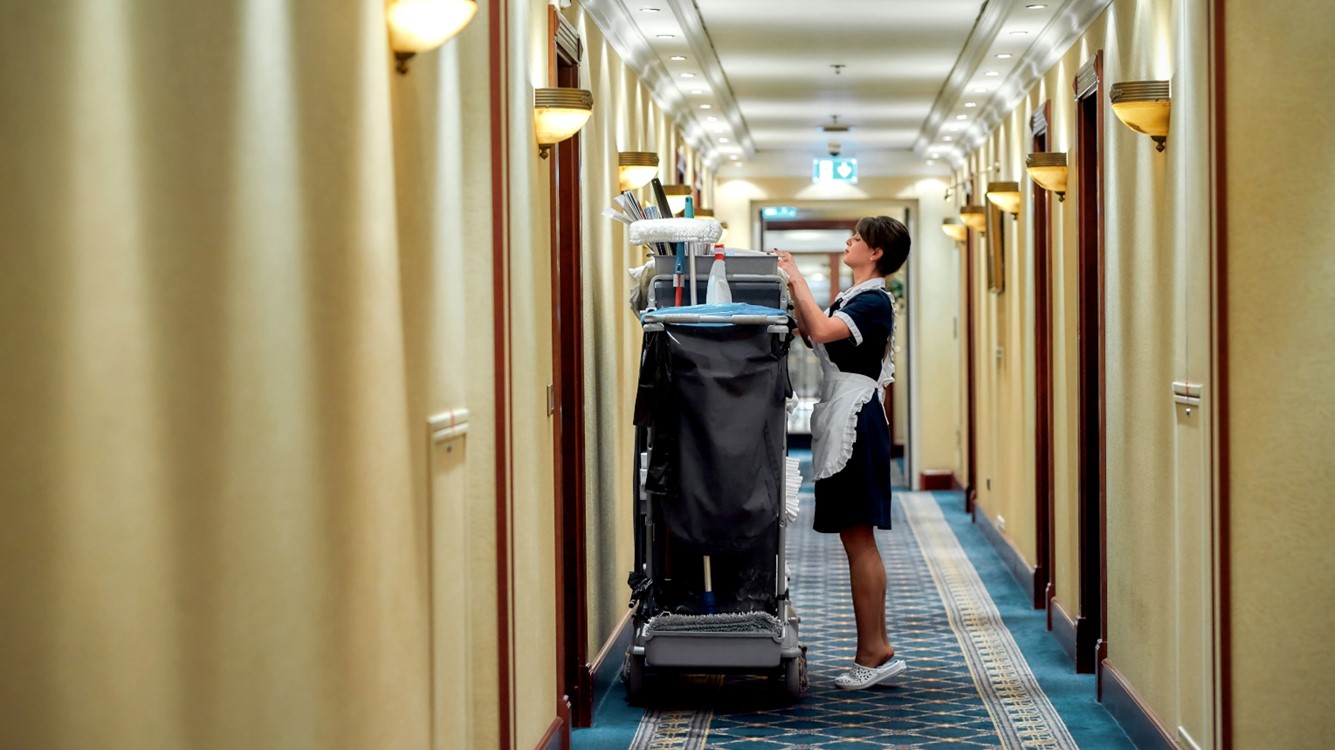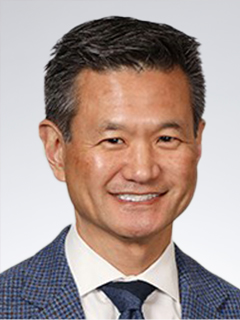Headline job growth obscures weakness
We now expect the Fed to cut interest rates twice this year.

July 8, 2024
Payroll employment rose 206,000 in June although the previous two months' gains were revised lower by a combined 111,000 jobs. The bigger news was the continuing increase in the unemployment rate, which rose for the third straight month to 4.1% in June from 3.8% in March, a sign the labor market may be turning.
The gain in payrolls was concentrated in healthcare and social assistance and government employment, up 82,000 and 70,000, respectively. The 55 and older demographic will account for one-third of our population by 2034, providing more demand for the healthcare sector. The rise in government employment was concentrated in local government for both education and non-education jobs, up 39,000. Universal preschool and infrastructure hiring are behind those gains. State government added 26,000 new hires. Revenues for state and local governments have softened more recently, which could become a hurdle as we move into the new fiscal year, which starts over the summer for most states.
Leisure and hospitality, a sector that has been contributing strongly to job gains in the current expansion, grew only 7,000 after a 22,000 increase in May. That may be a sign of increasing discretion or spending fatigue by households amidst the cumulative impact of high inflation. Consumers may be reaching their limit for eating out, traveling and going to concerts and sporting events. Inflation in travel and tourism has abated, while service sector inflation outside of those areas continues its upward march; healthcare and insurance are rising rapidly in cost.
Construction employment posted a solid increase of 27,000. Specialty trade contractors rose 12,000, who perform interior work on both residential and nonresidential buildings. Manufacturing employment lost 8,000 jobs with durable goods employment down 10,000. The high interest rate environment continues to take a toll on the manufacturing sector, with the exception of the auto sector.
Motor vehicles and parts employment added 6,000. The supply of new vehicles stood at 74 days' worth at the start of June, still above the normal 60 days that dealers like to hold. A recent cyberattack on auto dealers’ computer networks may push inventories even higher as June sales were put on ice in the latter part of the month. Transactions could not be completed for several weeks due to systems being locked up. Sales of cars, pickups and SUVs plunged to 15.3 million annualized units in June from 15.9 in May, sending sales to their weakest pace since the start of the year.
Professional and business services lost 17,000 workers with temporary employment shedding 49,000 workers, the largest drop in more than three years, since April 2021’s 73,000 decline. If the economy is turning, firms are likely to reduce temporary payrolls first.
Average hourly earnings rose 0.3% after a 0.4% increase in May. Wage growth dipped to 3.9% on an annual basis from 4.1% in May, matching the recent low observed in April of this year. Service sector wages grew 0.3% while the goods-producing sector rose a firmer 0.4%, a trade-off the Fed would be happier to take given the high proportion of services wages in the economy. Recent increases in productivity growth may make wage gains easier to absorb as well.
The unemployment rate increased to 4.1% in May. The rate grew the most for those of Asian descent. Though that was up from 3.7% in January, the rate is still very low by historical standards. The economic expansion in the 2010s had an average unemployment rate of over 6%. That said, any further increases in unemployment will be worrisome for the Federal Reserve.
Labor force participation slightly increased to 62.6% in May compared to 62.5% in April. Participation declined for 16- to 19-year-olds. Women's prime-age participation was just off the record set in May. The rate for prime-age men tied the recent high reached in September 2023. That was the highest rate since April 2010. Participation rose for those without a high school diploma and high school graduates; it declined for some college and stayed flat for those with a BA or higher.
The May JOLTS survey found that there were 8.1 million job openings. That was slightly up from a downwardly revised April but showed continued cooling in the labor market. The quits rate remained at 2.2% for the seventh month in a row; the hires rate changed little at 3.6%, while layoffs stayed flat at 1.0%. All three of those indicators are below their respective 2019 baseline averages. Together, they suggest that the labor market is continuing to cool and that risks run to the downside.
Multiple job holders declined by 158,000 overall but are still above the 2019 baseline average. Men working multiple jobs dropped, but the number of women working multiple jobs increased. More women needing to work multiple jobs to make ends meet is also clashing with care responsibilities, which disproportionately affect women.
Part-time for non-economic reasons inched down but was still only slightly lower than the series high set in March. Though it is often considered a sign of economic strength, non-economic reasons include those who are working part-time due to childcare problems. This month was the highest June on record. The number of individuals working part-time for economic reasons changed little month-over-month but is still above the 2023 average. That suggests that some workers are still unable to find full-time employment.
The childcare crisis is continuing to act as a headwind for the labor market. Those missing work due to childcare problems jumped this month; it was the second-highest June on record. Full-time workers needing to work part-time because of childcare issues recorded the second-highest June on record. Absences due to parental leave dropped, but they are still above pre-pandemic averages.
No longer is inflation the predominant concern.
Ken Kim, KPMG Senior Economist
Bottom Line
The rise in the unemployment rate along with the recent improvement in the inflation data suggests the risks for the Federal Reserve have become more symmetrical. No longer is inflation the predominant concern. Equally as worrisome for the Fed should be the potential for a sharper deterioration in the labor market and economic activity. A soft landing is the goal but a hard landing is emerging as a tail risk.
The increase in the unemployment rate to 4.1% is close to triggering the so-called Sahm Rule. It signals that a recession has started when the three-month moving average of the unemployment rate rises by 0.5% or more relative to the minimum of the three-month average of the previous 12 months. The current three-month moving average is 0.43%. Last week, both the ISM manufacturing and services surveys showed overall economic activity slipping into contractionary territory. The sharp decline in services activity sentiment by five points to 48.8 in June is particularly worrisome given that the services-providing industry accounts for nearly two-thirds of consumer spending and has been a driver of employment gains.
We now expect the Fed to cut interest rates twice this year, first in September and again in December. This represents a change from our previous call for just one policy easing in December. Further progress is expected in the June CPI report to be released this Thursday, ratifying the improvement in the May personal consumption expenditures index, the Fed’s preferred measure of inflation. There is a Fed meeting on November 7 but due to the proximity of election day on the 5th of November, we are highly doubtful that the Fed would change interest rates in November, barring a recession.
Subscribe to insights from KPMG Economics
KPMG Economics distributes a wide selection of insight and analysis to help businesses make informed decisions.
Explore more

A tale of two economies
The good news is that job gains have become more broad-based.

KPMG Economics
A source for unbiased economic intelligence to help improve strategic decision-making.

Election year dissonance: Midyear economic outlook
Everything from higher rates to investment delays triggered by the election could suppress economic activity.
Meet our team

